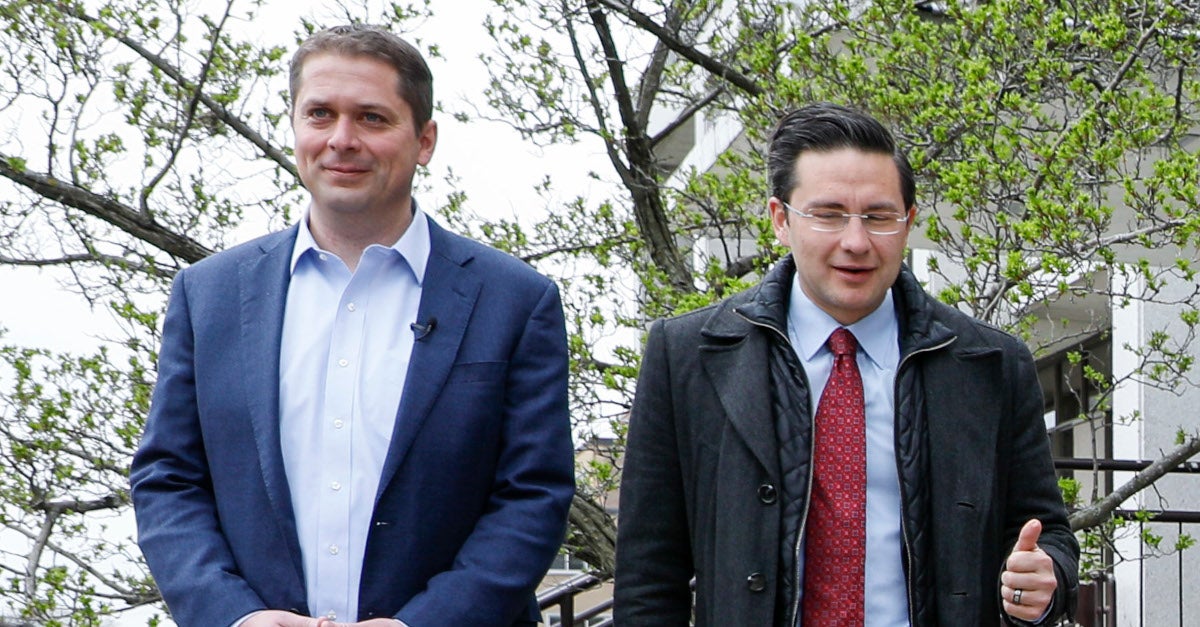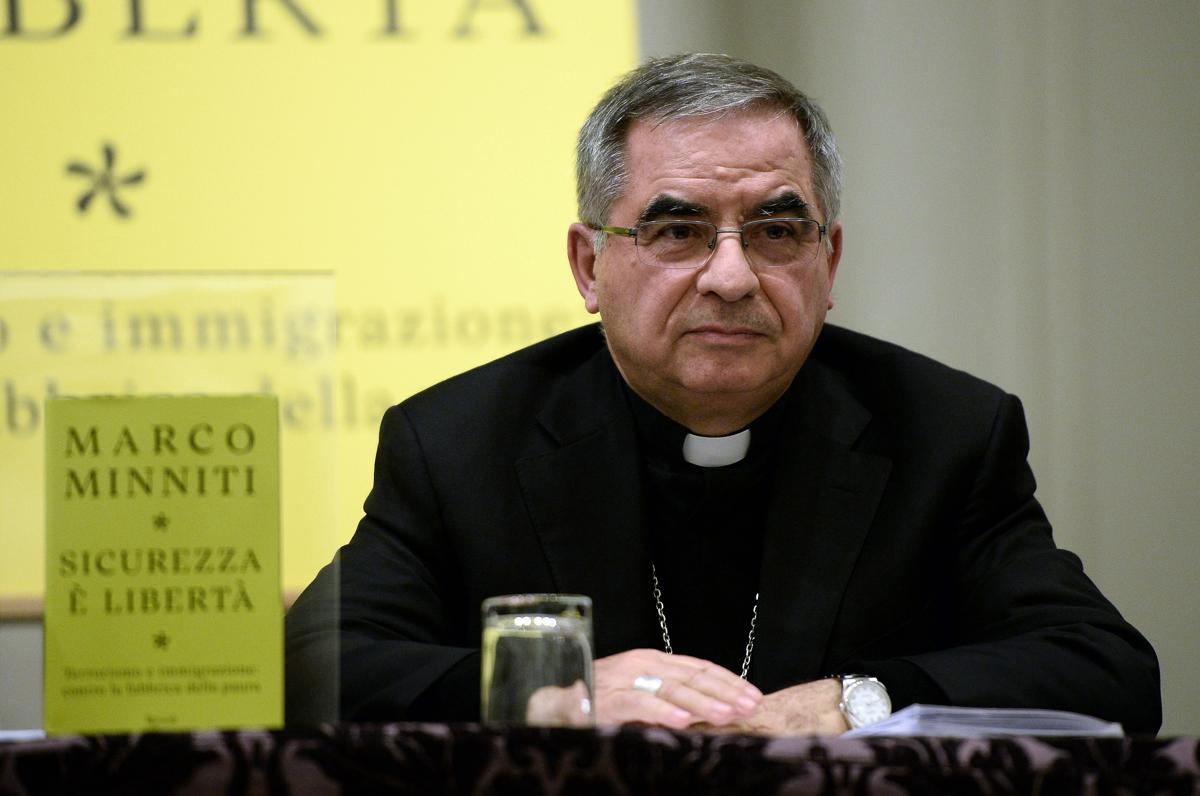Pierre Poilievre's Election Loss: A Shock For Canada's Conservatives

Table of Contents
Poilievre's Campaign Strategy: A Divisive Approach?
Poilievre's campaign strategy was a double-edged sword. While it effectively tapped into widespread economic anxieties, certain aspects may have alienated potential supporters.
Focus on Economic Issues:
Poilievre's campaign heavily emphasized the rising cost of living, inflation, and the perceived economic mismanagement by the Liberal government. His platform included several key policy proposals aimed at addressing these concerns.
- Proposed Tax Cuts: Poilievre promised significant tax cuts, aiming to stimulate the economy and put more money in the pockets of Canadians. However, critics questioned the feasibility and potential impact on the national debt. Were these proposals too radical for moderate voters? Did they lack sufficient detail to garner widespread support?
- Emphasis on Fiscal Responsibility: While appealing to fiscally conservative voters, the emphasis on eliminating deficits might have alienated those concerned about essential social programs and government services. Did this stance hurt his broader appeal to a wider range of voters?
- Energy Policy: The focus on expanding Canada's oil and gas sector, while appealing to certain segments of the population, might have alienated environmentally conscious voters. Did this stance limit potential support from key demographics?
Culture Wars and Divisive Rhetoric:
Poilievre's campaign also engaged with several culture war issues, employing populist rhetoric that resonated with a certain segment of the population but potentially alienated others.
- Controversial Social Media Posts: Several social media posts and statements generated controversy, leading to negative media coverage and public backlash. How did these controversial statements impact his overall image and electability?
- Opposition to Social Policies: His opposition to certain social policies might have alienated moderate and progressive voters who disagreed with his stances. Did this strategy ultimately outweigh the potential gains from appealing to a more conservative base?
- "Freedom Convoy" Association: Poilievre's perceived alignment with the "Freedom Convoy" movement, while popular with a specific group, likely alienated many moderate voters concerned about democratic norms and rule of law. Did this association damage his broader appeal to a wider swathe of the Canadian public?
Public Perception and Voter Sentiment:
Beyond the campaign strategy itself, public perception played a crucial role in the Pierre Poilievre election loss.
Negative Public Image:
Polling data and public opinion surveys consistently showed Poilievre with lower approval ratings than Prime Minister Trudeau. This negative public image significantly impacted his electability.
- Negative Media Portrayals: Media coverage often framed Poilievre in a negative light, emphasizing his controversial statements and populist rhetoric. How did this consistently negative media portrayal affect his standing with voters?
- Low Approval Ratings: Low approval ratings translated into lower voter turnout and a lack of enthusiasm among potential supporters. How did these low approval ratings directly influence the election result?
- Lack of Connection with Voters: Some analysts suggest Poilievre struggled to connect with everyday Canadians on a personal level. Did this perception of aloofness contribute to the negative public image and subsequent election loss?
The "Trudeau Factor":
Justin Trudeau and the Liberal Party played a significant role in shaping the election narrative.
- Effective Liberal Counter-Messaging: The Liberal Party effectively countered Poilievre's messaging, highlighting the risks associated with his economic proposals and emphasizing the stability of the Liberal government. Did this counter-messaging successfully neutralize Poilievre's key arguments?
- Public Perception of Trudeau: Despite various scandals and controversies, Trudeau maintained a level of public support that proved decisive in the election. How did the persistent presence of Trudeau, despite his perceived flaws, contribute to the Conservative defeat?
- Targeted Messaging: The Liberal Party successfully targeted specific demographics with tailored messaging, effectively countering Poilievre's appeal in key ridings. How did this sophisticated approach contribute to the final election outcome?
Potential Future Implications for the Conservative Party:
The Pierre Poilievre election loss has profound implications for the future of the Conservative Party.
Leadership Review?:
The possibility of a leadership review looms large, posing a significant challenge to party unity and stability.
- Internal Party Divisions: The election result has exacerbated existing divisions within the party, raising questions about Poilievre's leadership and the party's future direction. How will these divisions be addressed to prevent further fracturing of the party?
- Need for Party Renewal: The party needs to undertake a thorough review of its strategy and messaging to regain public trust and appeal to a broader range of voters. What specific steps will be taken to achieve this necessary renewal?
- Strategic Re-evaluation: A fundamental reassessment of the party's platform and approach is crucial to attract support from key demographics. What concrete changes are necessary to effectively broaden the party's appeal?
Shifting Political Landscape:
The Canadian political landscape is constantly evolving, requiring the Conservative Party to adapt its strategy to remain competitive.
- Climate Change Policies: The party needs to develop a more comprehensive and credible approach to climate change to appeal to environmentally conscious voters. What changes in policy are needed to address this key issue?
- Addressing Concerns of Young Voters: Attracting younger voters requires a policy platform that addresses their concerns about issues like affordability, climate change, and social justice. What strategies are needed to attract this key demographic?
- Demographic Shifts: The party must adapt to changing demographics and voter preferences, developing messaging and policies that resonate with diverse communities across Canada. How will the party address these critical demographic shifts?
Conclusion:
Pierre Poilievre's election loss represents a significant setback for the Conservative Party of Canada. The campaign's strategic choices, the negative public perception of Poilievre, and the effectiveness of the Liberal Party's campaign all contributed to this unexpected result. The Conservative Party now faces a crucial period of reflection and strategic re-evaluation. A thorough analysis of the reasons behind this Pierre Poilievre election loss is vital for the party's future success, requiring a reassessment of its messaging, policies, and leadership to regain public trust and better connect with Canadian voters. Moving forward, the party needs to carefully analyze this Pierre Poilievre election loss to chart a more effective path to future electoral success. Understanding the nuances of this defeat is critical for the Conservative Party’s future viability.

Featured Posts
-
 Unlock 150 With Bet Mgm Bonus Code Rotobg 150 Nba Playoffs Betting
Apr 30, 2025
Unlock 150 With Bet Mgm Bonus Code Rotobg 150 Nba Playoffs Betting
Apr 30, 2025 -
 8xmille Vaticano Rinvia L Apertura Del Processo Contro Il Fratello Di Becciu
Apr 30, 2025
8xmille Vaticano Rinvia L Apertura Del Processo Contro Il Fratello Di Becciu
Apr 30, 2025 -
 9 Ways Target Starbucks Differ From Standalone Stores
Apr 30, 2025
9 Ways Target Starbucks Differ From Standalone Stores
Apr 30, 2025 -
 Ovechkin I Ego Rekord V N Kh L Reaktsiya Zakharovoy
Apr 30, 2025
Ovechkin I Ego Rekord V N Kh L Reaktsiya Zakharovoy
Apr 30, 2025 -
 15 2025 12
Apr 30, 2025
15 2025 12
Apr 30, 2025
